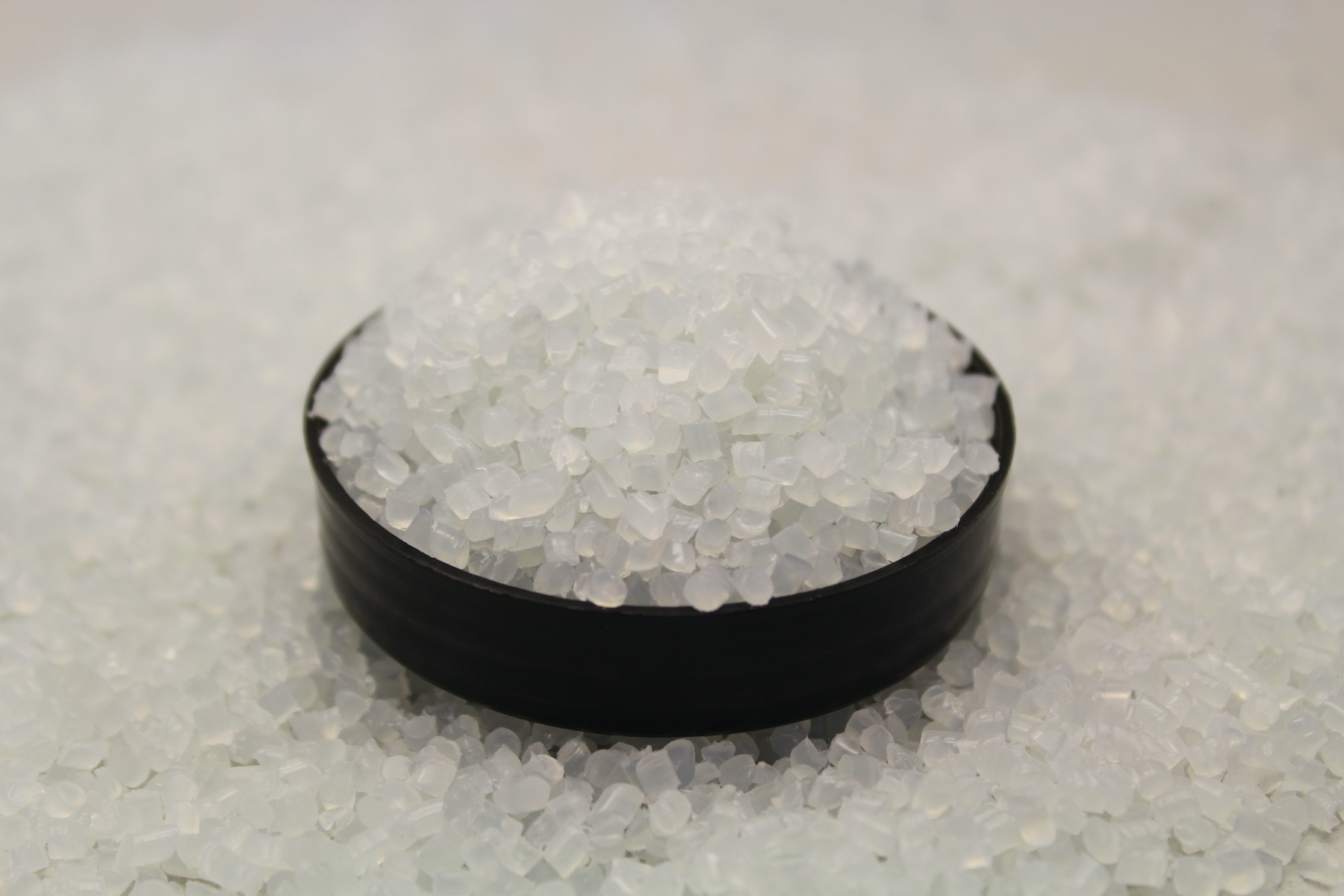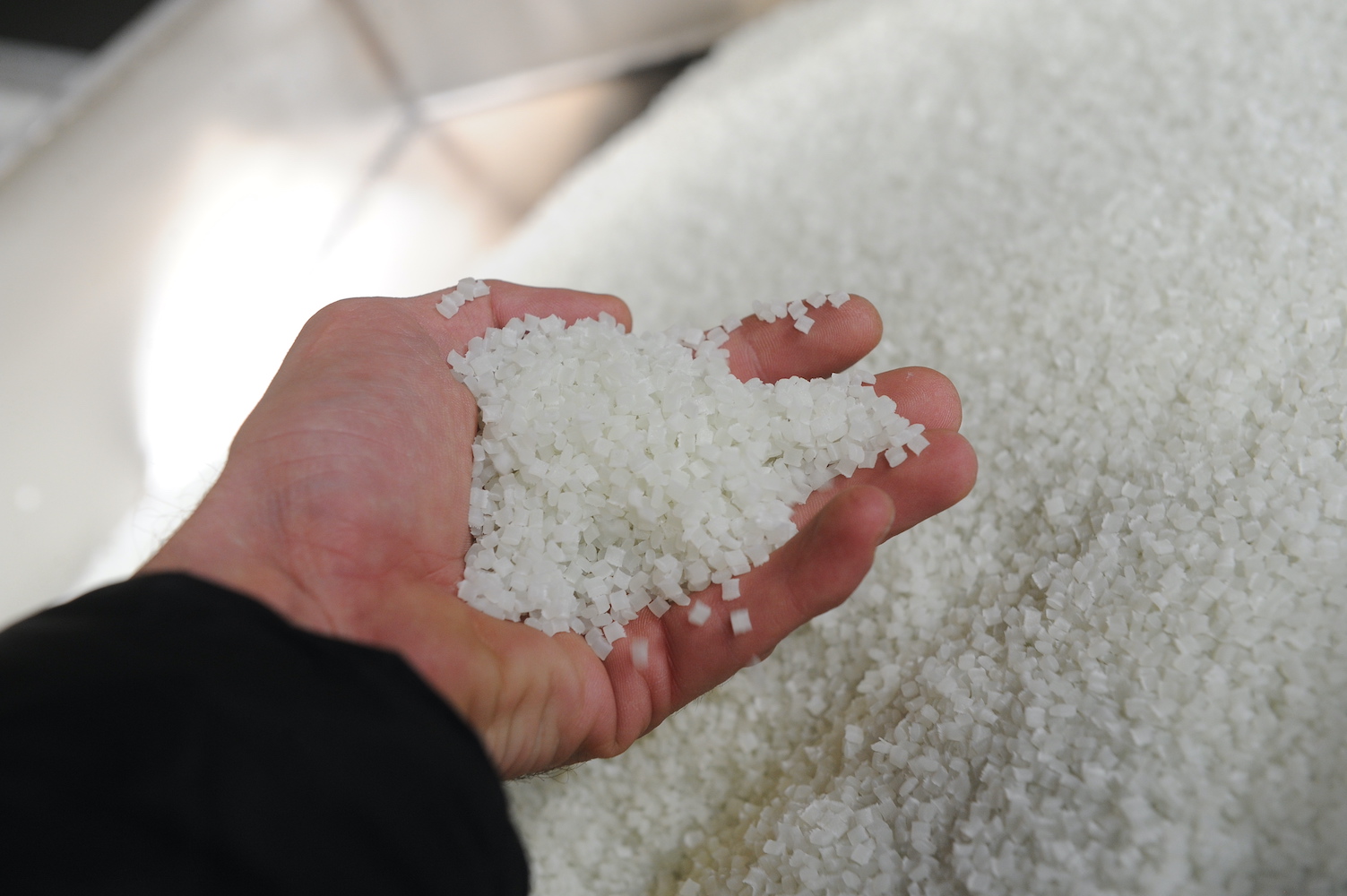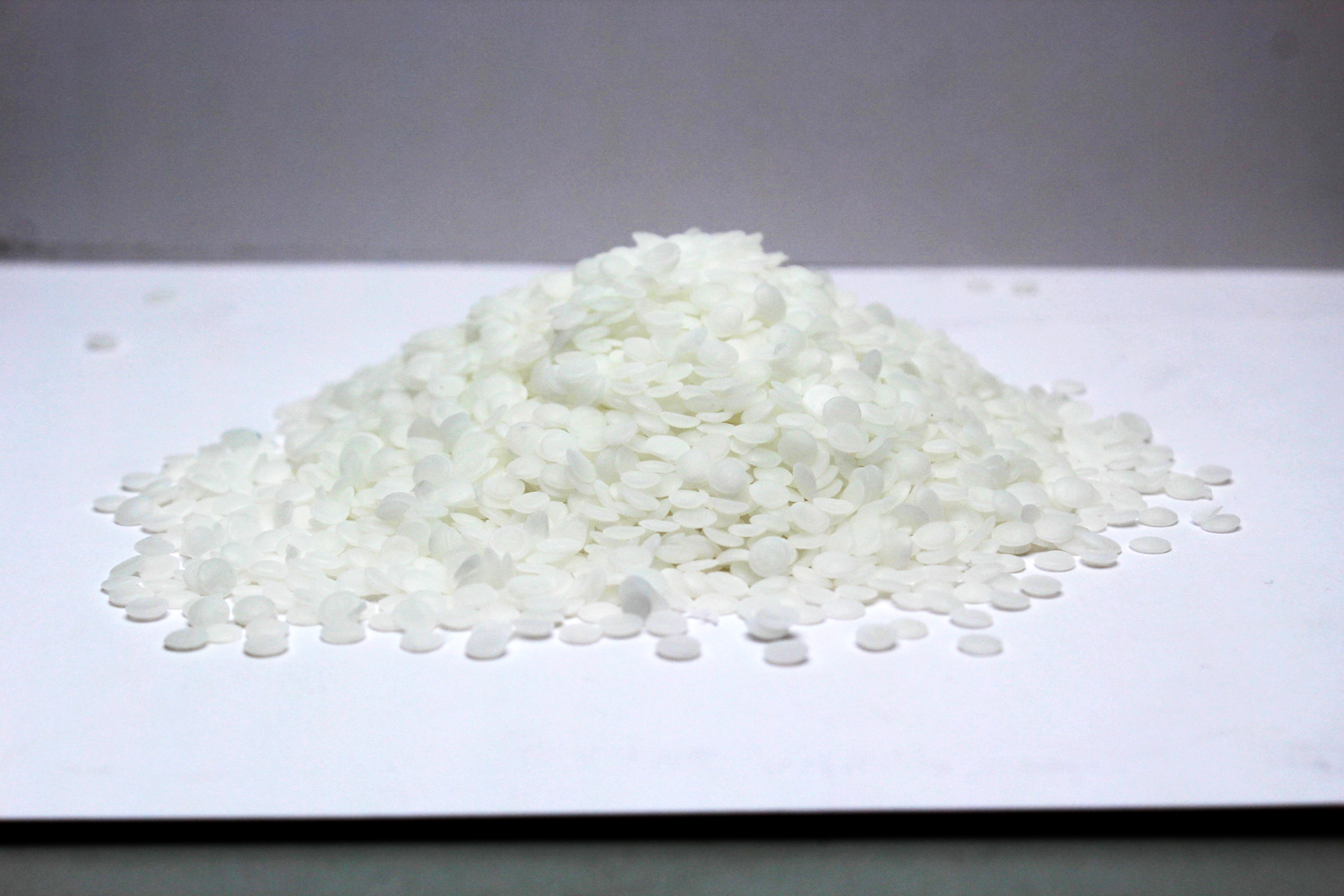

Additive masterbatches
Description
Additives are ingredients pivotal for polymers’ employment success. Without antioxidant additives, for example, all products made of polypropylene and polyethylene largely used both for private and industrial purposes would not be available. Other materials, such as dispersant additives and process aids, ensure polymer materials are processable so as to ease their transformation in all diverse formats.
The mechanisms that regulate degradation and stabilisation accordingly, but also rheology and processing, are strictly linked to the polymer – the basics of compound formulation. It is therefore necessary to understand the related physical-chemical phenomena to predicr what happens by adding any additive. A plasticiser, for example, can affect the transformation process and also the article’s tribological properties. The same as a stabilising additive can affect mechanical properties, electrical and thermal conductivity. Different additives can also produce synergetic effects.
Some of the physical-mechanical properties that are influenced by additive masterbatches are:
- Mechanical properties
- Thermal resistance
- Light resistance
- Ozone resistance
- Flame-resistance and self-extinguishing properties
- Rheology
- Thermal and electrical conductivity
- Specific gravity
- Resistance to fungi and bacteria
- Traceability


Processing
Additives for thermoplastic and thermoset materials are formulated using the technologies suitable for the processing of the carrier polymer. Additives are generally supplied in granules and can be used both during the compounding or directly during their transformation phase (moulding, extrusion).

Processing
Additives for thermoplastic and thermoset materials are formulated using the technologies suitable for the processing of the carrier polymer. Additives are generally supplied in granules and can be used both during the compounding or directly during their transformation phase (moulding, extrusion).



Silicone compound additives
MESGO Iride Colors silicone compound additives are a variety of products specifically designed to modify and improve the properties and performances of silicone-based compounds. The additives can be added either to silicone (VMQ), phenyl-silicone (PVMQ), and fluorosilicone (FVMQ) rubber bases.
Additives can be easily added to compounds with common mixing techniques such as:
• Two-roll mills
• Z-blade mixers
• Twin-screw mixers
These additives include:
• High Temperature additives (HTA)
• Flame Retardant additives (FRA)
• Anti-blooming additives (ABA)
• Polymer Modifier additives (PMA)
• Release Agent additives (RAA)
• Expanding additives (EA)
• Lubricant additives (CFA)
• Laser Marking additives (MA)
Thermoplastic compound additives
Our SwingAd range offers significant improvement to the polymer performances. Specifically, they can reduce the thermal degradation, improve the life time on UV and oxidative environment, they can improve polymer processability, scratch resistance, and they can help to reach the most severe flammability regulation.
SwinAdd are available either as a single-function additives or as multi-function by additive or colors combination (combibatches).
The different available bases are: LDPE, PP, EVA, PA6, SAN, PS, PVC, PS,
These additives include:
• Slip additives
• Antistatic additives
• Anti-block additives
• UV additive
• Antioxidant additives
• Process Aid additives
• Dessicant additives
• Nucleant additives
• Hyperfilled additives
• Laser Marking additives
Laser Marking
Thanks to new formulations containing last generation pigments, Laser Marking offers a more defined and permanent solution by
adding additives directly to the compound.
Our additives enable fast laser marking in a variety of colours
and polymers and they are suitable with different materials such
as silicone and thermoplastic compounds (XLPE, LDPE, EVA and PVC). They deliver a rapid reaction to the laser beam and they create bright and light marking.
Compared to old ink technologies or to classic labels, Laser Marking helps to meet sustainability goals, saving resources and reducing wastes. Laser Marking is used in several market segments such as: AUTOMOTIVE, INDUSTRIAL, ELECTRICAL (cables, seals, tubes, profiles) and PACKAGING.
Market segment
- Automotive
- Transportation
- Industrial
- Energy
- Consumer goods
- Building & construction
- Home appliances
- Packaging